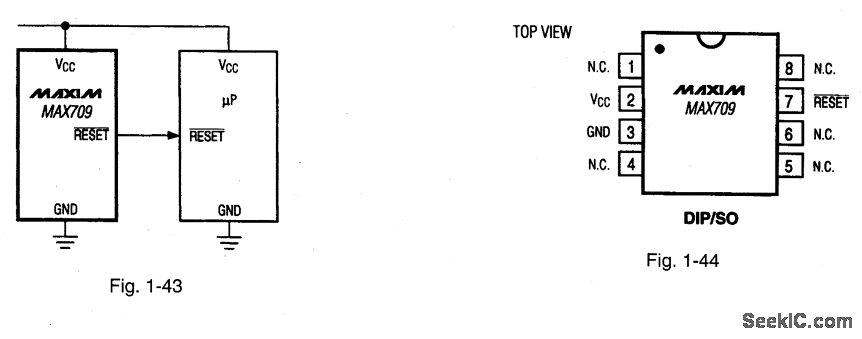
Wahoo devices can also be connected to CORE. CORE connects to Garmin devices with the CORE ConnectIQ App. CORE app has accompanying Smart Phone Apps available for iOS and Android.Apps for selected Smartwatch and WatchOS are coming soon.

The CORE app has been designed with daily users of the core body temperature monitor in mind, with a focus on endurance sports athletes.ĬORE app for Sport Science and Performance is available:Īll the information about CORE app is available here. The new CORE app has been re-designed from scratch and can now deliver live and historical core body temperature data and advanced insights to all CORE sensor users.
#Power supply temp monitor professional#
Sport Performance Evaluation and Training support for advanced and professional athletes.Elevated body temperature or fever (EBT) monitoring.Heat stress prevention via Body temperature monitoring in high demanding work environments (healthcare, mining, offshore, etc).App support: iOS, Android, WatchOS, Wear OS, and Garmin ConnectIQ.Rechargeable lithium-polymer battery (via USB cable supplied).Battery life: 6 days continuous transmission time (up to 6 weeks with sleep mode).Not impacted by environment thermal influences.Highly accurate core body temperature: ☐.21 ☌ MAD.Compact: 50 mm x 40 mm x 8.35 mm and weighs 12 grams.The innovative sensor technology is built into a compact waterproof device that can be comfortably worn during sports activities, at work, or all day long. If you want to place a high volume order, or have an urgent request for testing the device, schedule a call with us.ĬORE is the only wearable non-invasive, continuous, and accurate Core Body Temperature monitoring solution. Please place your order below for direct credit card payment. The response time, accuracy and thermal gradient is determined by the way the thermistor is mounted.N.B. This is due to their low cost/performance ratio and small package sizes. The negative temperature coefficient (NTC) thermistors are the most commonly used in the temperature sensing and controlling the protection method in place. This is sensed by the monitoring IC which initiates a shut down process when the preset limit is exceeded.įigure 2: Typical over temperature protection circuit using NTC thermistor This will cause more voltage across the RT resistor.

When high temperatures are experienced, the resistance of the NTC thermistor decreases and more current will flow. The other thermistor is connected to the over temperature protection circuit and will trigger the shut down process if the temperature exceeds the safe value.įigure 1: Power supply with two thermistors on heat sink (red arrows) Image: hardwaresecretsĪ typical power supply protection system using a monitoring and control IC is as shown in figure 2 below with one end of the thermistor connected to the IC. One of the thermistor is connected to the fan control circuit and is used to automatically adjust the fan speed based on the temperature of the heat sink. In a typical OTP system, a pair of thermistors is usually attached to the heat sink. Once the internal temperatures exceeds the preset limit, the OTP shuts down the power supply hence preventing further increase in temperature and possible damage. The sensor monitors the temperature of the hottest item on the board. The protection is implemented in various ways determined by factors such as amount space, noise requirements, regulators and other standards conformity.Įssentially, a temperature sensor such as an NTC or PTC thermistor, integrated circuits, on-chip diodes or diodes are used to protect the devices in an LED applications or even a power supply units from overheating. Increased over temperature protection prolongs the lifespan of the power supply components resulting to improved efficiency and reliability. Thermal protection is achieved through focusing on the PCB, enclosure and heat sink design.

The over temperature protection (OTP) therefore ensures that the supply operates within the safe design temperature and shuts the supply down whenever this is exceeded. High temperatures may be developed within the supply due to various factors such as faulty components, overloading, over voltage at the supply, malfunctioning cooling system, blocked ventilation or other factors that stresses the components.Ĭontinuous high temperatures are undesirable and can lead to malfunctioning or more damage to the supply, connected circuits or downstream equipment. A circuit is used to monitor and generate a trigger signal that starts the shutdown process at the high temperatures. Over temperature protection in a power supply is a protection system that shuts down the power supply when the internal temperature exceeded a safe value.


 0 kommentar(er)
0 kommentar(er)
